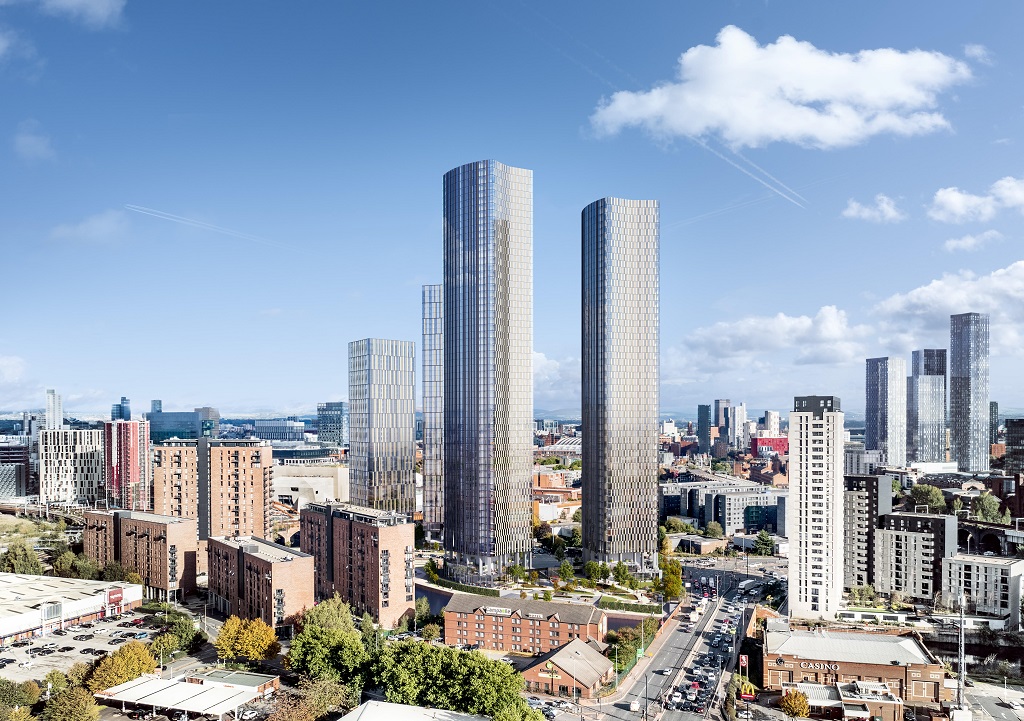Commentary
Is Grey Belt the answer to the UK’s housing shortage?
Labour’s pro-development reform aims to liberalise planning and encourage housebuilding. But will it be enough to deliver the 1.5m homes target in the next five years? Scott Marshall of Roma Finance investigates.
Earlier this year, the Labour government announced plans to overhaul the planning system and create a new land category – the Grey Belt – to allow development on ‘poor quality’ and ‘ugly’ pockets of Green Belt, or those that have existing disused structures.
Traditionally, Green Belt has been protected from development to limit urban sprawl, towns merging into one another and to generally keep a lid on growth in already built-up areas to avoid overwhelming local amenities, services, and infrastructure.
If the government is going to outperform is predecessors and hit the 300,000 new homes a year goal, a more relaxed approach to development within the Green Belt could be a good place to start.
The Green Belt currently covers around 13% of England. Under the new plans, councils will be able to reclassify some of this land if they are struggling to meet their housing targets.
As this is a new category, there are no confirmed numbers on how much of this land exists. Knight Frank has carried out its own research and suggests there could be around 11,000 previously developed sites that could qualify as Grey Belt. This equates to around 1% of the Green Belt.
However, the geographical spread of these sites raises some concern as a large proportion are located within the South – 41% within London’s Green Belt – which indicates that some regions could benefit more than others, potentially compounding existing regional imbalances in the availability of affordable housing and economic growth.
The new regulations, announced by deputy prime minister and housing secretary Angela Rayner in the summer, outline five key rules that planners will have to adhere to if they want to develop on the Green Belt.
They are:
- Brownfield-first – meaning brownfield sites should be prioritised ahead of Green Belt
- ‘Grey belt’ second
- Developments must include at least 50% of affordable housing
- New public services and infrastructure, such as schools and GP surgeries, must be introduced when building on Green Belt
- Green Belt development must be accompanied by a plan to improve existing green spaces and create new ones accessible to local people
The aim of this legislation is to ensure a balanced approach to development and will create valuable opportunities for developers, particularly those that are SMEs, as the land has the potential to be cheaper than mainstream urban sites.
However, there is also the ongoing issue of rising labour and materials costs which continues to hamper the industry’s efforts to provide affordable housing, and therefore many see the 50% quota as unrealistic.
There have been mixed reactions to the plans thus far, with green campaigners reinforcing their advocacy of prioritising brownfield development. The reality is that there simply isn’t enough brownfield land available in England to meet the demand for housing or the government’s targets. While some want to protect green spaces, it’s important to remember that a large amount of Green Belt is not actually green; it is disused industrial sites and land of little environmental value.
The idea of introducing the Grey Belt certainly provides a positive action plan for councils to sweep up previously developed Green Belt that isn’t benefiting the community anymore, to offer spaces for much-needed new homes to be built, to encourage investment in community services and facilities, and to promote the improvement of genuine green spaces.
It promises balanced opportunities for both communities and developers, but careful consideration and support will have to be put in place for regions with fewer Grey Belt sites to ensure they don’t miss out.
For developers, access to funding will be key, not only because Labour’s plans include reforms to the compulsory purchase rules for faster land assembly, but also to help manage fluctuations in build costs once Grey Belt sites have been secured.
Grey Belt has the potential to boost activity across the housebuilding sector, but it will need to be one of many strategies explored and implemented to address the housing crisis.
- Scott Marshall is managing director at Roma Finance
At Roma Finance we pride ourselves on our holistic, borrower first approach which offers customers a range of financial products and a bank of professional colleagues with a wealth of knowledge to help navigate the challenges of new legislation, land purchasing, and the creation of a successful development.





